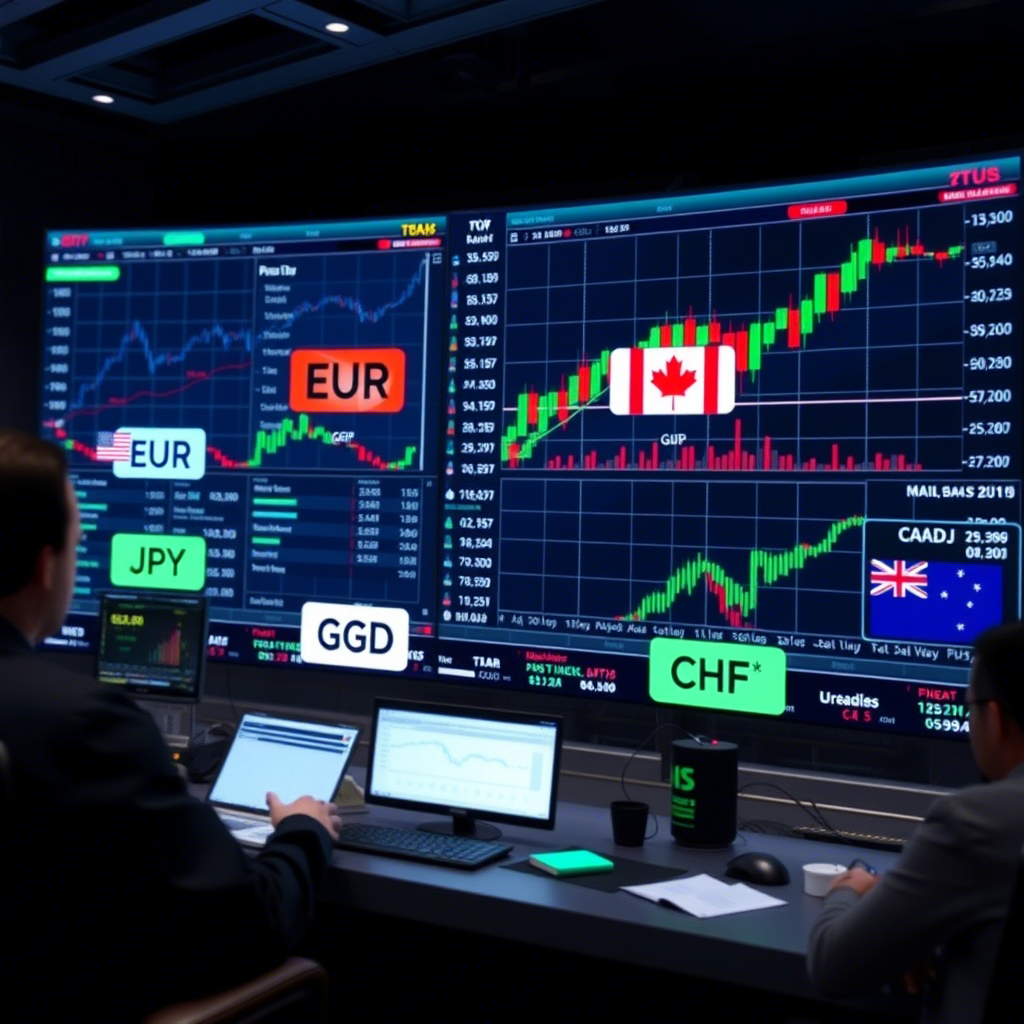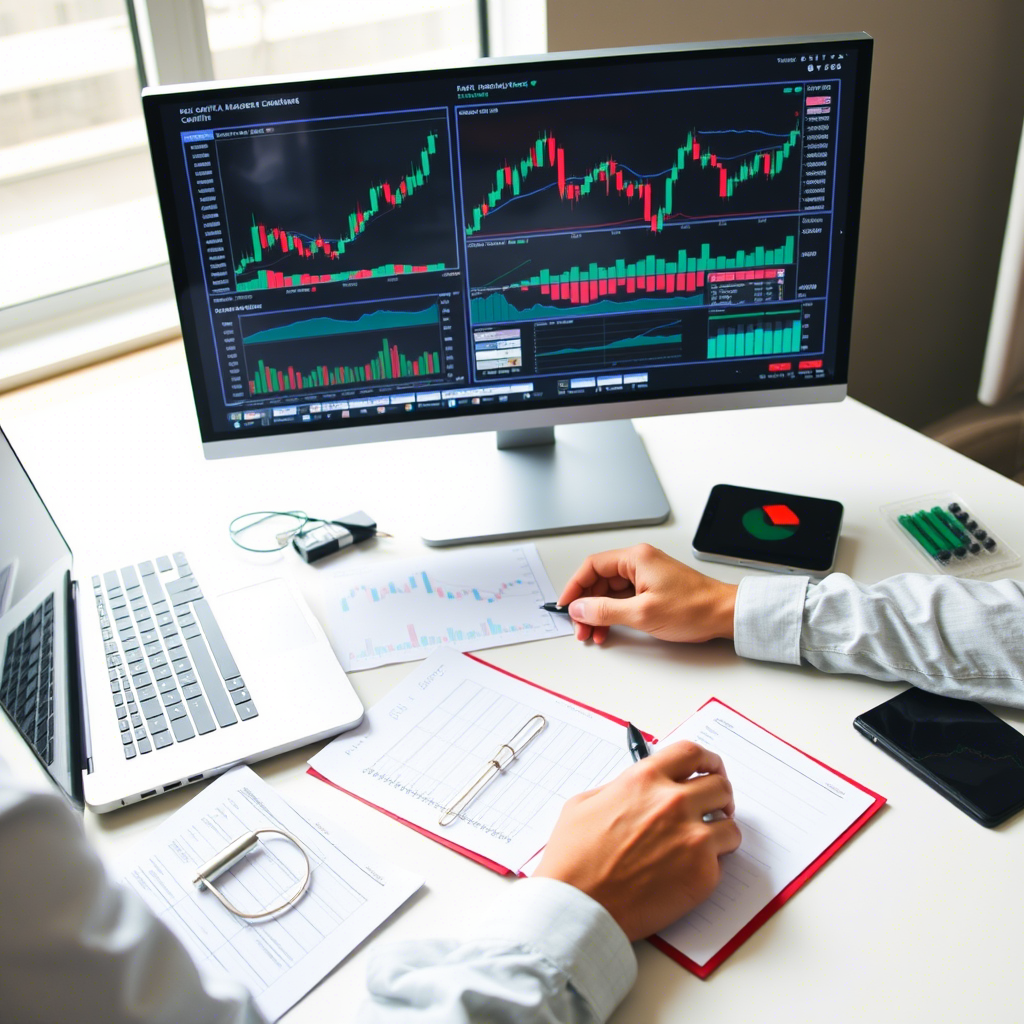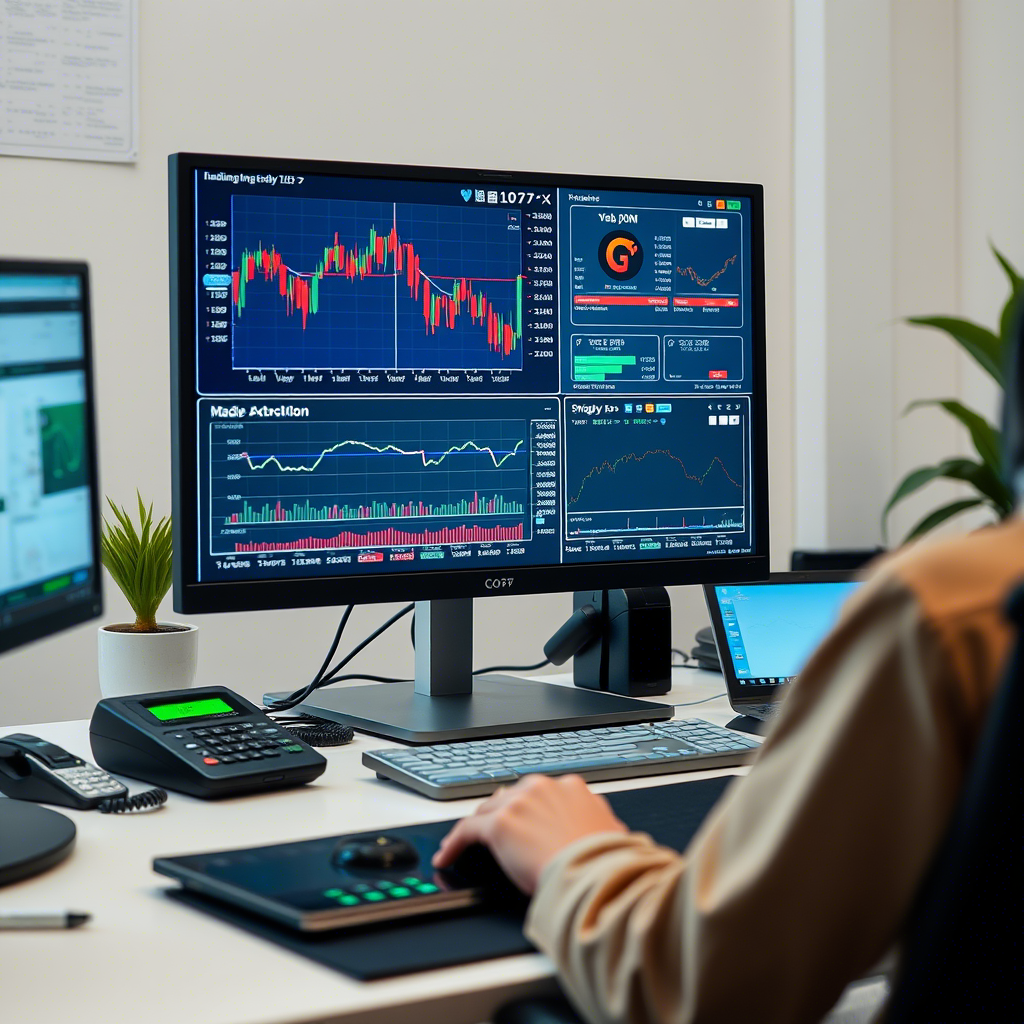Major Currencies in Forex Trading: Your Guide to the Market’s Powerhouses

Currency trading, or forex trading, is a global marketplace where traders buy and sell currencies to profit from price movements. At the heart of this $7.5 trillion daily market are the major currencies—those that dominate trading volume and drive market trends. Understanding these currencies is essential for any trader looking to navigate the forex landscape successfully. This 1000-word SEO-friendly article explores the major currencies, their roles, and how to trade them effectively, written in a natural, human tone.
What Are Major Currencies?
Major currencies are the most traded currencies in the forex market, representing the world’s largest and most stable economies. They are highly liquid, meaning they have tight spreads and ample trading volume, making them ideal for traders of all levels. The major currencies are typically paired with the US dollar (USD), forming the “major currency pairs” that account for the bulk of forex transactions.
These currencies are favored for their stability, economic backing, and responsiveness to global events, making them the backbone of forex trading.
Why Major Currencies Matter in Forex
Focusing on major currencies offers several advantages:
-
High Liquidity: Tight spreads and fast execution reduce trading costs.
-
Volatility Opportunities: Major pairs respond to economic news, creating tradable price movements.
-
Reliable Data: Abundant economic indicators and news make analysis easier.
-
Accessibility: Most brokers offer competitive conditions for major pairs.
-
Stability: Backed by strong economies, major currencies are less prone to extreme volatility than exotic pairs.
Understanding these currencies helps traders make informed decisions and build effective strategies.
The Major Currencies and Their Roles
Let’s dive into the major currencies, their characteristics, and their significance in forex trading.
1. US Dollar (USD)
Overview: The USD is the world’s primary reserve currency, used in global trade, oil pricing, and central bank reserves.
Why It Matters:
-
Dominates over 80% of forex transactions.
-
Highly sensitive to US economic data (e.g., Non-Farm Payrolls, Federal Reserve rate decisions).
-
Acts as a safe-haven currency during global uncertainty.
Key Pairs: EUR/USD, USD/JPY, GBP/USD, USD/CHF.
Trading Tip: Monitor US interest rates and employment data for USD-driven opportunities.
2. Euro (EUR)
Overview: The euro is the currency of the Eurozone, used by 20 countries, including Germany and France.
Why It Matters:
-
Second most traded currency, featured in the popular EUR/USD pair.
-
Influenced by European Central Bank (ECB) policies and Eurozone economic indicators (e.g., GDP, inflation).
-
Benefits from the Eurozone’s economic diversity but can face volatility during political events (e.g., elections).
Key Pairs: EUR/USD, EUR/GBP, EUR/JPY.
Trading Tip: Watch ECB announcements and German economic data for euro movements.
3. Japanese Yen (JPY)
Overview: The yen is Asia’s most traded currency, backed by Japan’s robust economy.
Why It Matters:
-
A safe-haven currency, gaining strength during risk-off periods.
-
Sensitive to Bank of Japan (BoJ) policies, often involving low interest rates.
-
Popular in carry trades due to low yields (e.g., borrowing JPY to buy AUD).
Key Pairs: USD/JPY, EUR/JPY, GBP/JPY.
Trading Tip: Monitor global risk sentiment and BoJ interventions for yen volatility.
4. British Pound (GBP)
Overview: The pound, or “sterling,” represents the UK’s economy, one of the world’s financial hubs.
Why It Matters:
-
Known for high volatility, especially in GBP/USD (“cable”).
-
Heavily influenced by Bank of England (BoE) policies and UK economic data (e.g., retail sales, Brexit developments).
-
Sensitive to political events due to the UK’s global role.
Key Pairs: GBP/USD, EUR/GBP, GBP/JPY.
Trading Tip: Stay updated on UK inflation and geopolitical news for GBP trades.
5. Swiss Franc (CHF)
Overview: The Swiss franc is the currency of Switzerland, known for its stability and banking sector.
Why It Matters:
-
A safe-haven currency, rallying during economic or geopolitical turmoil.
-
Influenced by Swiss National Bank (SNB) policies, which sometimes involve currency interventions.
-
Low volatility in stable markets but can spike during crises.
Key Pairs: USD/CHF, EUR/CHF.
Trading Tip: Watch global risk events and SNB statements for CHF movements.
6. Australian Dollar (AUD)
Overview: The AUD, or “Aussie,” reflects Australia’s commodity-driven economy.
Why It Matters:
-
Tied to commodity prices (e.g., iron ore, gold) and China’s economic health, a major trading partner.
-
Sensitive to Reserve Bank of Australia (RBA) interest rate decisions.
-
Popular in carry trades due to relatively high yields.
Key Pairs: AUD/USD, AUD/JPY, AUD/NZD.
Trading Tip: Monitor commodity markets and Chinese economic data for AUD trends.
7. Canadian Dollar (CAD)
Overview: The CAD, or “loonie,” is tied to Canada’s resource-rich economy.
Why It Matters:
-
Strongly correlated with oil prices due to Canada’s energy exports.
-
Influenced by Bank of Canada (BoC) policies and US economic data, given close trade ties.
-
Offers moderate volatility, appealing to swing traders.
Key Pairs: USD/CAD, CAD/JPY, AUD/CAD.
Trading Tip: Track crude oil prices and US-Canada trade developments for CAD moves.
Major Currency Pairs
The major currency pairs, all involving the USD, are the most traded in forex:
-
EUR/USD: The most liquid pair, known for tight spreads.
-
USD/JPY: Popular for carry trades and safe-haven flows.
-
GBP/USD: Volatile, driven by UK news and US data.
-
USD/CHF: Stable, with safe-haven appeal.
-
AUD/USD: Tied to commodities and risk sentiment.
-
USD/CAD: Influenced by oil and US economic trends.
These pairs account for over 70% of forex volume, making them ideal for beginners due to low costs and high liquidity.
How to Trade Major Currencies
Trading major currencies requires a mix of fundamental and technical analysis. Here’s how to approach it:
1. Fundamental Analysis
Monitor economic indicators and news:
-
Economic Calendars: Track releases like US NFP, ECB rate decisions, or Australian CPI.
-
Central Bank Policies: Rate changes or forward guidance drive major currencies.
-
Geopolitical Events: Elections or trade deals impact sentiment (e.g., Brexit for GBP).
For example, a strong US GDP report might prompt a buy on USD/JPY.
2. Technical Analysis
Use charts to time entries and exits:
-
Support and Resistance: Identify key levels for major pairs.
-
Indicators: Moving averages, RSI, or Bollinger Bands to spot trends or reversals.
-
Supply/Demand Zones: Mark areas of heavy buying or selling for trade setups.
Combine technicals with news for higher-probability trades.
3. Risk Management
Protect your capital:
-
Risk 1-2% per trade to survive losing streaks.
-
Use stop-losses based on technical levels.
-
Aim for a 1:2 or 1:3 risk-to-reward ratio.
Tips for Trading Major Currencies
Maximize your success with these practical tips:
-
Focus on Liquid Pairs: Stick to EUR/USD or USD/JPY for tight spreads and fast execution.
-
Trade During Active Sessions: The London and New York sessions offer high volatility for major pairs.
-
Use a Demo Account: Practice trading major currencies risk-free to build skills.
-
Stay Informed: Follow Bloomberg, Reuters, or Forex Factory for economic news.
-
Diversify Pairs: Trade a mix of major pairs to spread risk (e.g., EUR/USD and AUD/USD).
Common Mistakes to Avoid
Steer clear of these pitfalls when trading major currencies:
-
Ignoring News: Economic data drives major pairs; missing it can lead to losses.
-
Overtrading: Taking too many trades on volatile pairs like GBP/USD increases risk.
-
Neglecting Correlations: Pairs like AUD/USD and USD/CAD may move together, amplifying exposure.
-
Using High Leverage: Major pairs can be volatile; excessive leverage risks margin calls.
-
Chasing Trends: Avoid entering trades late in a news-driven move without confirmation.
Tools for Trading Major Currencies
Leverage these tools to enhance your trading:
-
Trading Platforms: MetaTrader 4/5 or cTrader for charting and execution.
-
Economic Calendars: Forex Factory or Investing.com for news schedules.
-
News Feeds: Bloomberg or Reuters for real-time updates.
-
Trading Journals: Log trades to analyze performance on major pairs.
Conclusion
Major currencies are the lifeblood of forex trading, offering liquidity, stability, and countless opportunities for profit. By understanding the roles of the USD, EUR, JPY, GBP, CHF, AUD, and CAD, and pairing them with sound fundamental and technical analysis, you can navigate the market with confidence. Start with a demo account, focus on high-probability setups, and stay disciplined with risk management. Whether you’re a beginner or a seasoned trader, mastering major currencies will set you on the path to forex success. Dive into the market today and start trading the world’s powerhouses!




